-
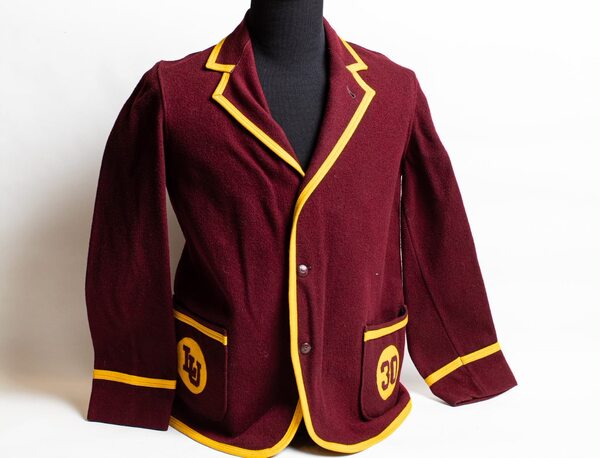
Color photograph of a varsity jacket from the 1930s.
-
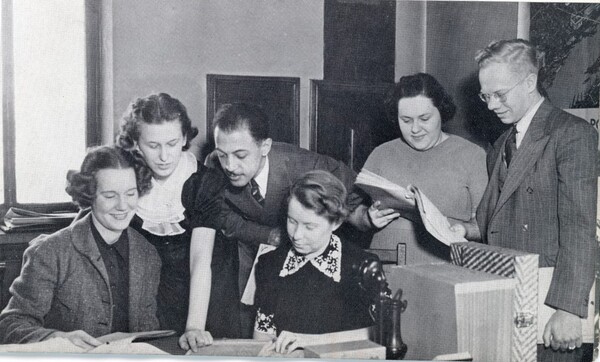
Black and white photo from of students and a professor in the LUC social work department.
-
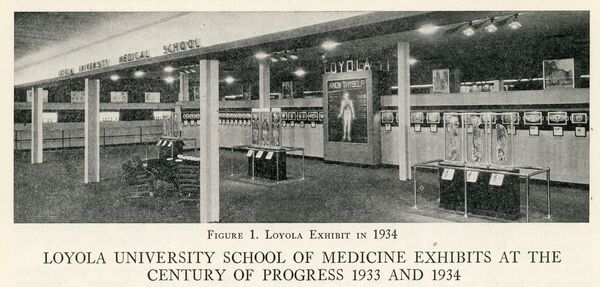
Picture from a magazine article in The Museum News written by J.M. Essenberg. about the exhibit contributed to the Century of Progress International Exhibit by the Loyola School of Medicine
-
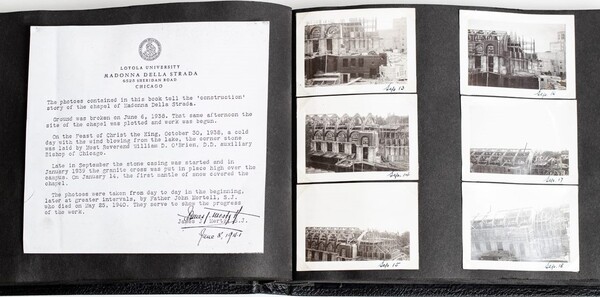
Scrapbook containing black and white photographs taken during the construction of the Lake Shore Campus's chapel.
-
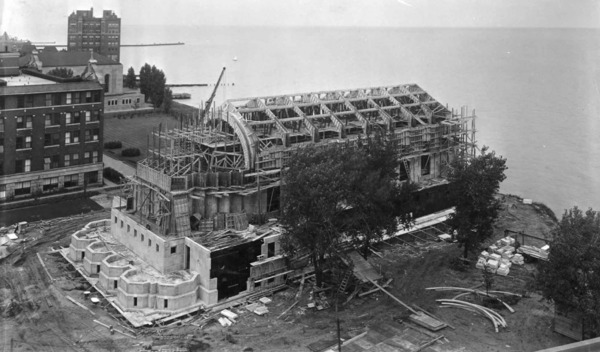
This is an aerial view of Madonna della Strada Chapel under construction.
-
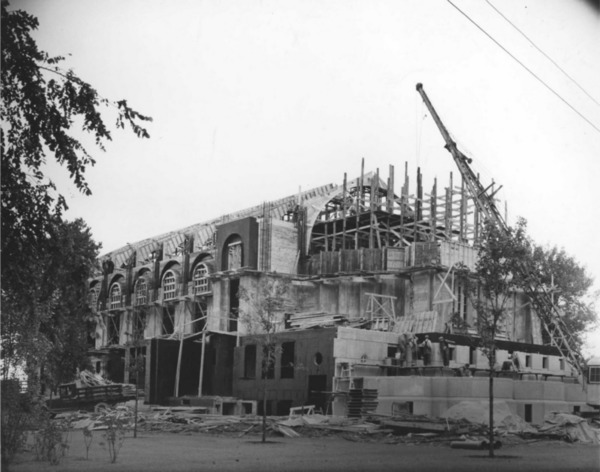
Construction of Madonna della Strada Chapel on the Lake Shore Campus.
Creator: Pontiac Photo
-
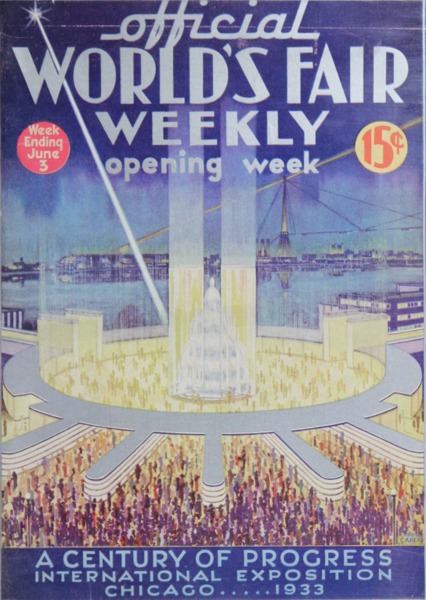
The cover of the first issue of the World's Fair Weekly magazine, depicting a colorful scene of a light show at the Century of Progress International Exposition in Chicago.
-
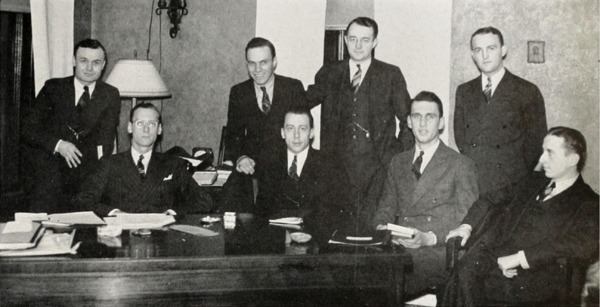
Some members of Alpha Sigma Nu gather around a table, with some standing and others seated.
Pictured are: Frank Jerbi, Paul Tracy (President), Florent Verlhust, Frank DeWitt, Philip Cordes, George Clark, Henry McDonald, and Thomas Shields (Secretary).
-

This map of the World's Fair held in Chicago from 1933-1934 contains a numerical key for visitors to locate the 78 sites on display. The theme of the World's Fair was "A Century of Progress" and the Fair was popular enough during its first run in 1933 that it reopened in 1934.
-
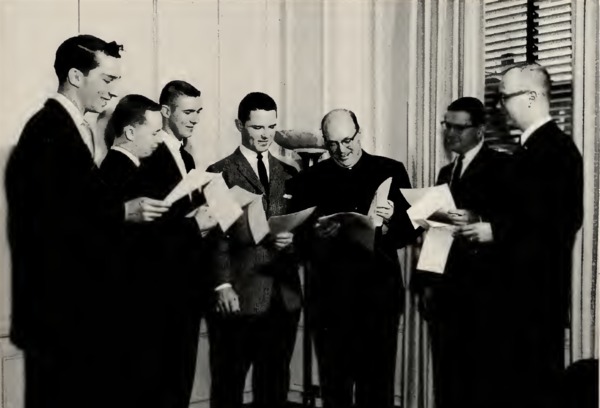
Reverend John A. Kemp, S.J., the moderator of Alpha Sigma Nu, shows John O'Keefe, president of Alpha Sigma Nu , a page from a pamphlet as other students look at the pamphlets they are holding.
L-R: Richard Donovan (treasurer), Thomas Haney (secretary), Peter Wagner (vice-president), John O'Keefe (president), Rev. John A. Kemp, S.J. (moderator), Robert Lane, Paul Davis.
-
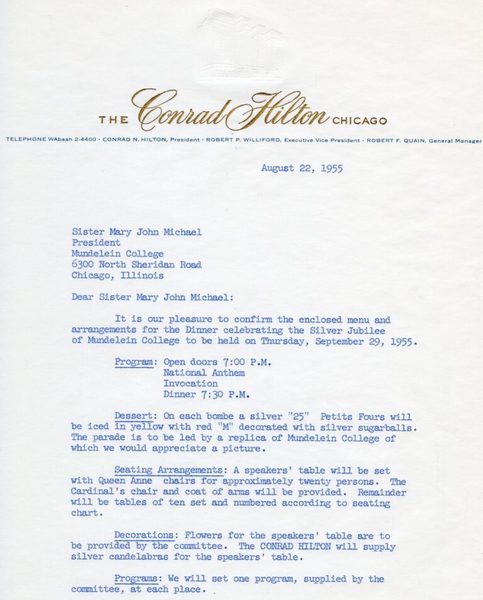
This is the first page of a menu and event proposal for Mundelein College's Silver Jubilee (25th Anniversary) at the Conrad Hilton Hotel in Chicago. It includes the event program, dessert, and seating arrangements.
-
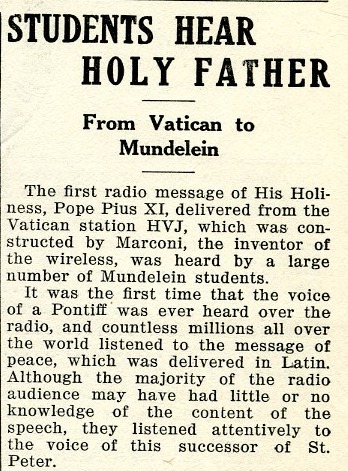
Mundelein students listened to the first ever broadcast of Vatican Radio, which included an address by the Pope in Latin.
-
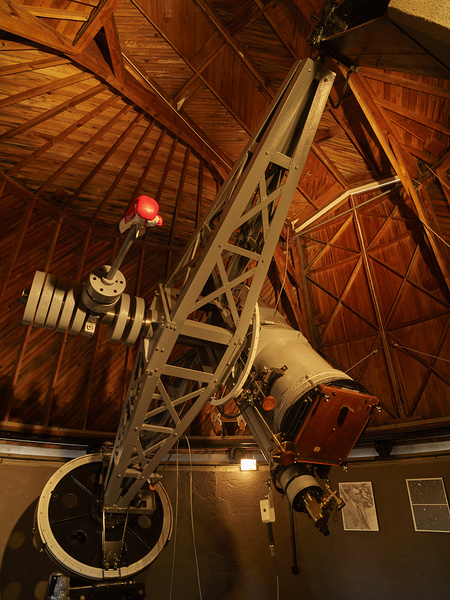
The 13-inch astrograph was used by Clyde Tombaugh to discover Pluto, the planet (or dwarf planet, depending on one's position in an ongoing debate). Established in 1894, Lowell is among the oldest astronomical observatories in the United States. In 2011, it was named one of "The World's 100 Most Important Places" by Time magazine. This telescope was a gift from Harvard University president A. Lawrence Lowell.
Title, date and keywords based on information provided by the photographer.
Gift; Barbara Barrett; 2018; (DLC/PP-2018:112)
Forms part of Carol M. Highsmith's America Project in the Carol M. Highsmith Archive.
Credit line: Photographs in the Carol M. Highsmith Archive, Library of Congress, Prints and Photographs Division.
-
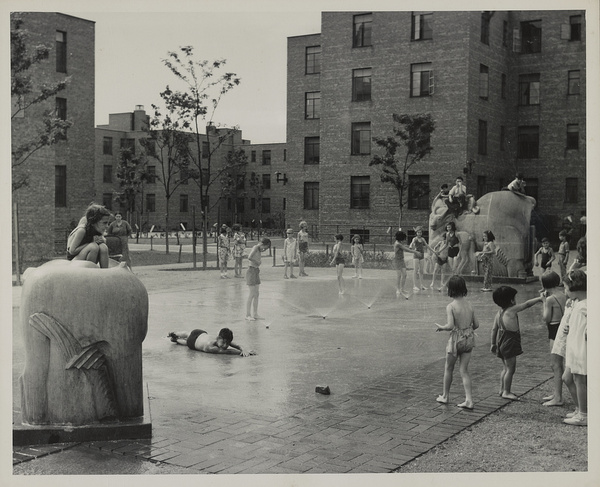
Children in bathing suits play in fountains and on animal sculptures at the Jane Addams Homes, which were built as a Works Progress Administration project to provide public housing.
Taken for the U.S. Housing Authority.
-
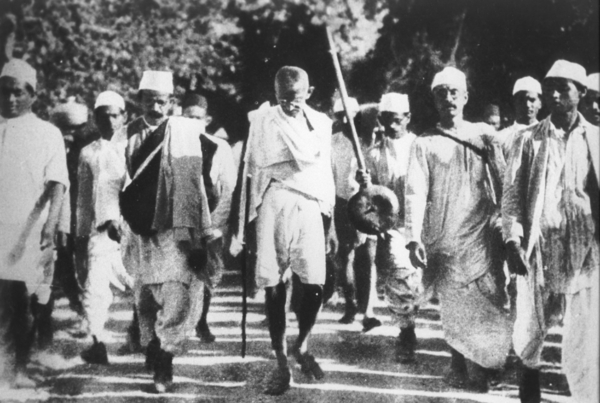
Mohandas K. Gandhi leading the Salt March to collect salt illegally in disobedience of British rule. The 1930 Salt March was a notable example of satyagraha (nonviolent resistance).
-
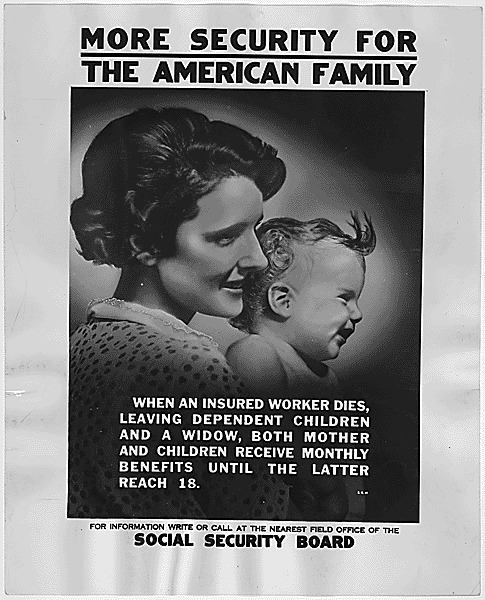
A poster shows a mother holding her child, with a description of widows' benefits from Social Security.
-
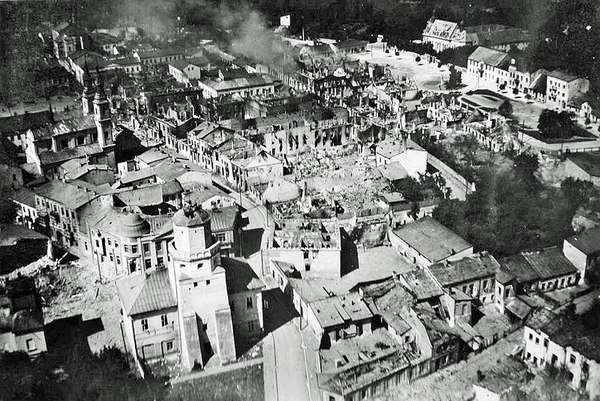
An aerial view shows the collapsed buildings of Wieluń after German Luftwaffe bombing the 1st of September 1939 (The first day of WW II). Photograph taken from an aeroplane.
-
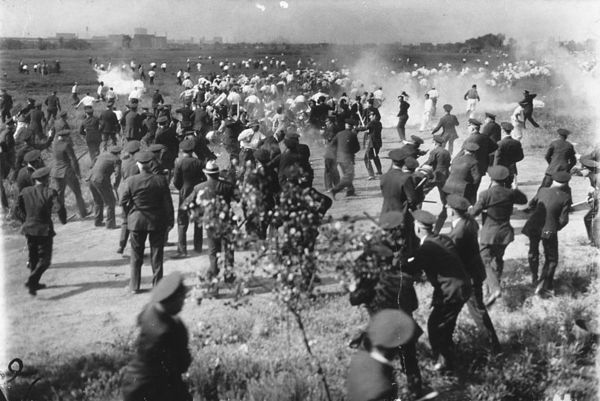
A group of police officers rush forward and clash with men wearing light-colored shirts in an outdoor field.
-
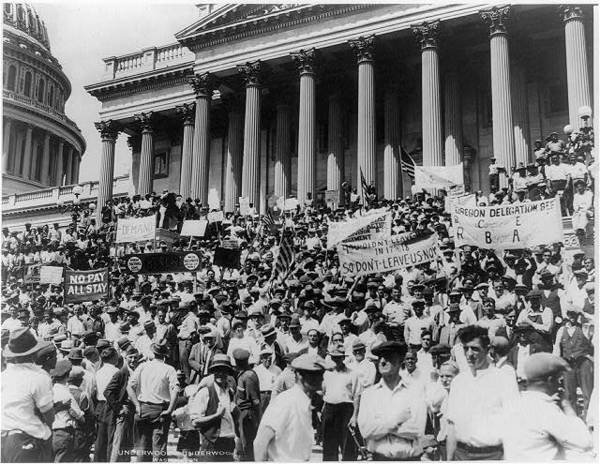
Photograph shows members of the Bonus Expeditionary Forces on the steps of the U.S. Capitol.
Slug caption: Unaware that Congress had adjourned for the holidays, members of the Bonus Army, lead by their newly re-elected National Commander, Walter W. Waters, marched to the Capitol plaza and staged a monstrous demonstration, on the steps of the empty Capitol. Photo shows a close-up of the demonstrators and their banners.
Copyright by Underwood and Underwood Studios.
-
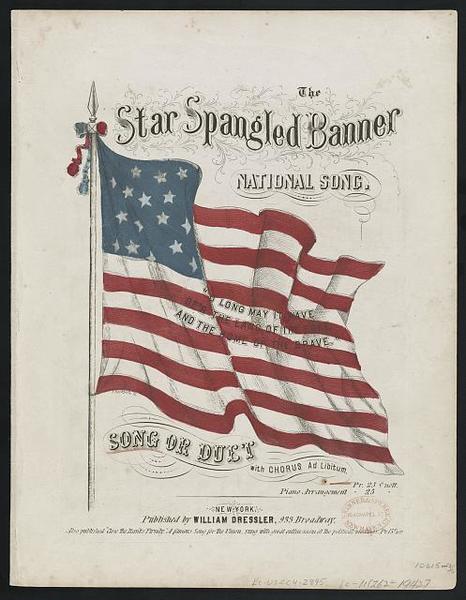
Music cover (hand-colored engraving) illustrated with U.S. flag.
Created / Published: New York : published by William Dressler, [1861(?)]
-
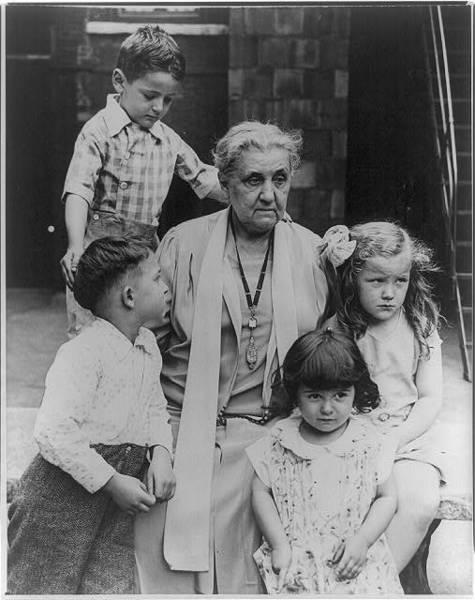
Jane Addams sits surrounded by four children.
Notes
- Photo by Underwood & Underwood.
- On original mount: "Do not copy without authority."
- This record contains unverified, old data from caption card, with subsequent revisions.
-
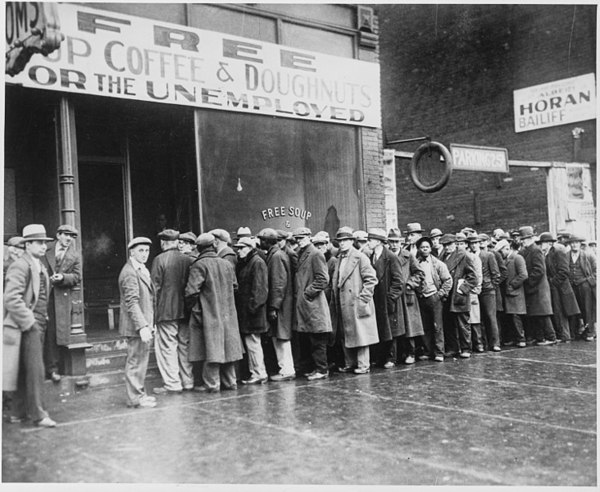
A group of men wearing coats and hats stand in a line in front of a storefront. The storefront sign reads "Free Soup, Coffee and Doughnuts for the Unemployed." This Chicago soup kitchen was opened by Al Capone.
-
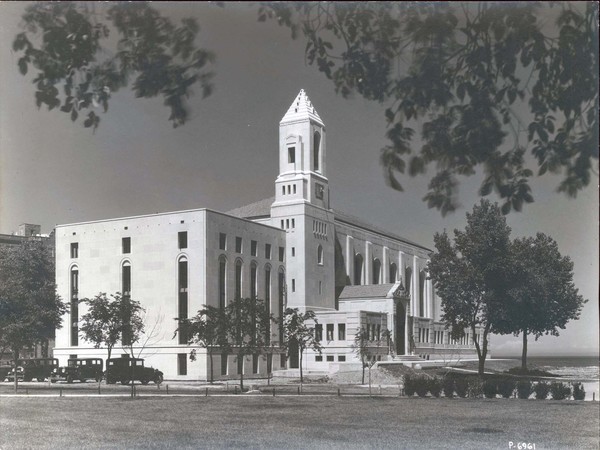
A view of the new Elizabeth M. Cudahy Memorial Library from across campus.
The Elizabeth M. Cudahy Memorial Library was completed in 1930 and was named after the late Elizabeth M. Cudahy.
-
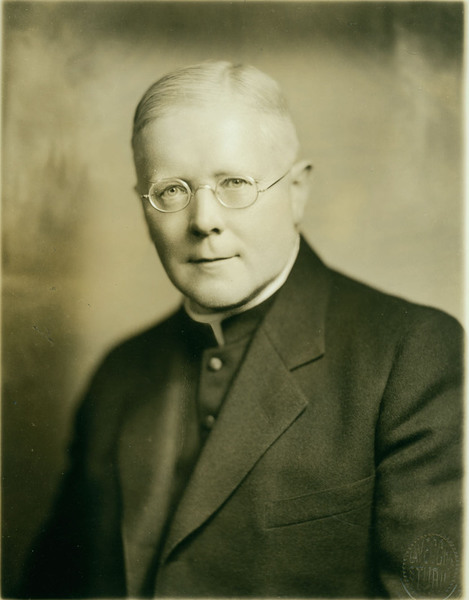
Reverend Samuel K. Wilson, S.J., became the first Chicago-born and alumni president of the college and remained in his post until 1942. One of his most significant contributions was raising enrollment during the years of the Great Depression.
-
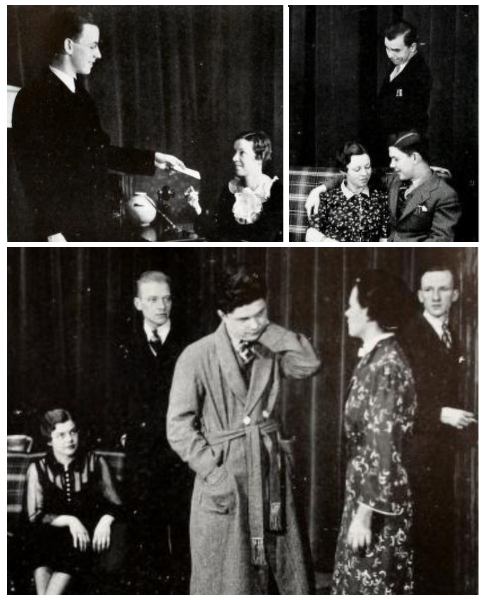
(top left) An actor hands a letter to another actor seated at a desk. The actors are looking at each other. Caption from Loyolan: The minister sweeps up a collection in “New Brooms” - as the little lady gives until it hurts for the foreign missions…
(top right) An actor stands behind a seated couple on a bench, looking down doubtfully on them. The couple are engaged in conversation. Caption from Loyolan: ‘Over Somebody Else’s Shoulder’ - Burns waxes romantic as ‘Papa’ Sutfin ogles doubtfully.
(bottom) An actor in a trench coat with one hand on their neck and the other in their pocket looks at another actor in a patterned blouse and skirt. Three other actors look at the pair. Caption from Loyolan: The tables are turned; Tom tells Rosie where to get off after a bad night…
The Curtain Guild (1935-1971) was a student organization that worked with the Department of Speech and Drama in putting up plays. The Guild aimed to make students "theatre-conscious" as well as to train Catholic students for active theatrical work.
*This collage was assembled from existing images in pages 240 and 241 of the 1936 Loyolan Yearbook.

























